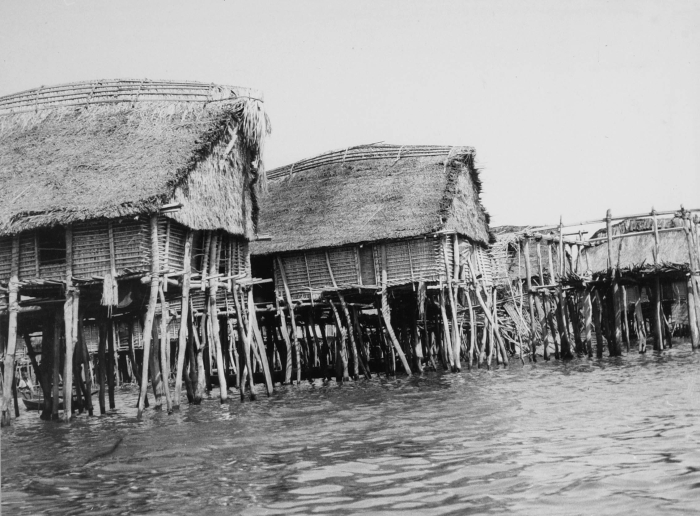
I hope that my blog doesn’t bore you too much. I like to talk – to the point where I am consciously aware that I am bothering the people around me… and yet I continue. As a mitigating consideration, (fingers crossed) I don’t think I’m boring. The fact that I think I might have the gift of the gab is probably one of the main reasons why I shouldn’t run out of things to talk about. 😉
I will be discussing consultants, who are they and what do they do?
To be honest, the very first time I heard the word “consultants”, I immediately thought of doctors, I don’t know why… probably because I’m Afrikaans. I lie awake at night sometimes worrying that my words, phrases, and punctuation will end up in court. Why? To be sentenced, of course.
A consultant is a person who provides professional or expert advice in a particular field of business to either an organisation or individual. There are various different types of consultants. Consultants are professionals, typically appointed by the client to perform expert tasks on a project.
The members of the Consultant team that are likely to be required on most projects are:
*Architect
*Engineers
*Consultants
*Quantity surveyors
In this regard, I’m going to focus on Architects.
Giving people an exceptional experience, and turning what appears to be nothing, into a space of breathtaking beauty.
That is the art of being an Architect. #WeLoveOurArchitects
#SiyawathandaAmaArchitectsAseAfrica #OnsWaardeerArgitekte

What is an Architect?
An Architect is someone who plans, designs and reviews the construction of developments. The architect is acquainted with the tender procedures and building contracts.
It’s amazing how opportunities in Africa became extraordinary. With the rapid economic growth, masses migrated into the cities, (which is quite distressing) how would you plan for expansion of these cities which were built for only a limited few? Well, with the right political agency and the right construction environment you can transform an empty space into a breathtaking sight, Exciting right!! I like to think that Architects develop the world, after all they create the foundation which our shopping malls, hospitals, schools and so much more are built on.
Please click here to view a project in Swaziland on our site

Image Source
Enough harping on about how much I love architects. If you think about it for a second, throughout Africa there is a great need for mixed use developments. It’s an important aspect and this is the reason why I feel that Architecture plays a big role just as much in Africa as everywhere else.
The continued population growth across Africa has resulted in increased demand for infrastructure development. This has in return driven a significant rise in the number of investors seeking opportunities. There are companies whose main goal it is to provide exceptional services from conceptual to completion in developing new structures for the prosperity of Africa.
A long time ago there was no such thing as big flashy buildings or proper roofing with foundations and pretty things for the eyes. It was simple, traditional architecture. You had a choice of a wooden or a mud house. On the southern coast of Benin in West Africa, for example, there is an entire city built on stilts. These range from churches to banks and even hospitals. I read something once that caught my eye: “I asked him why he wanted a metal roof, and he said, because then I would be somebody.”

Image Source
If you think about it, this way architects have the power to make developments in Africa a source of income for the majority of locals who happen to be young people and are most likely unemployed. If Architects build sturdy structures they are automatically creating employment. By pushing innovation in local materials with skills and craftsmanship based on African heritage, they can actually end up with a mix of development that can benefit the population. Yes, we value our Architects in Africa. If African countries keep growing, it’ll continue to be an exciting place to work as an architect. Just remember, whatever good things we build ends up building us. #ValueOurArchitects
I would just like to place emphasis on the importance of proper architecture in the construction industry, after all architecture is the art and science of designing and building large structures. I would like to let you in on a terrible incident that took place in Kenya due to poor consultancy service and planning. In this case Kenya’s lab got a D on their report for this “science project”.
In April this year a building collapsed in Nairobi, leaving at least 12 people dead and others injured. The underlying cause and I quote “is poor construction, a problem reflected across the city and many other parts of Kenya”. In Nairobi alone only 42% of the cities buildings are considered safe for inhabitants, according to the 2015 audit by Kenya’s National Construction Authority, the Daily Nation reported and I quote again “developers are bypassing construction rules and regulations in order to meet the demand” said architecture professor Alfred Omenya in an interview after two buildings collapsed last year.
So… Consultancy in Africa…..yes, we need you and we don’t want any more buildings collapsing in Africa.
Please click on the link to read more about the article of the collapsing buildings in Kenya.
Finishing off, I would like to encourage you to check our website at www.l2b.co.za for amazing leads and business opportunities on consultancy. You can also sign up for a free trial to see what we are all about.
Until we meet again:)
“The road to success is always under construction”
Sources:
https://en.wikipedia.org/wiki/Consultant
http://roodtarchitects.co.za/blog/post/5/What-is-an-architect
https://www.dezeen.com/architecture/
https://en.wikipedia.org/wiki/Architecture_of_Africa
http://www.upworthy.com/11-awe-inspiring-african-cities-that-are-changing-the-face-of-urban-living-in-the-future
http://www.csmonitor.com/World/Global-News/2016/0430/Why-are-buildings-in-Kenya-collapsing-video
https://www.britannica.com/art/African-architecture
http://kids.britannica.com/kids/assembly/view/183388
http://www.archdaily.com/603169/7-architects-designing-a-diverse-future-in-africa
http://www.southafrica.net/za/en/articles/entry/article-southafrica.net-traditional-african-architecture
https://www.slideshare.net/rachelletriste/architecture-of-africa
http://www.mckinsey.com/global-themes/middle-east-and-africa/whats-driving-africas-growth
http://www.oecd.org/sti/inno/39374789.pdf
I started working at Leads 2 Business in 2014. I was part of the Tenders Africa team and moved to Projects in 2019. I love every second of it!












